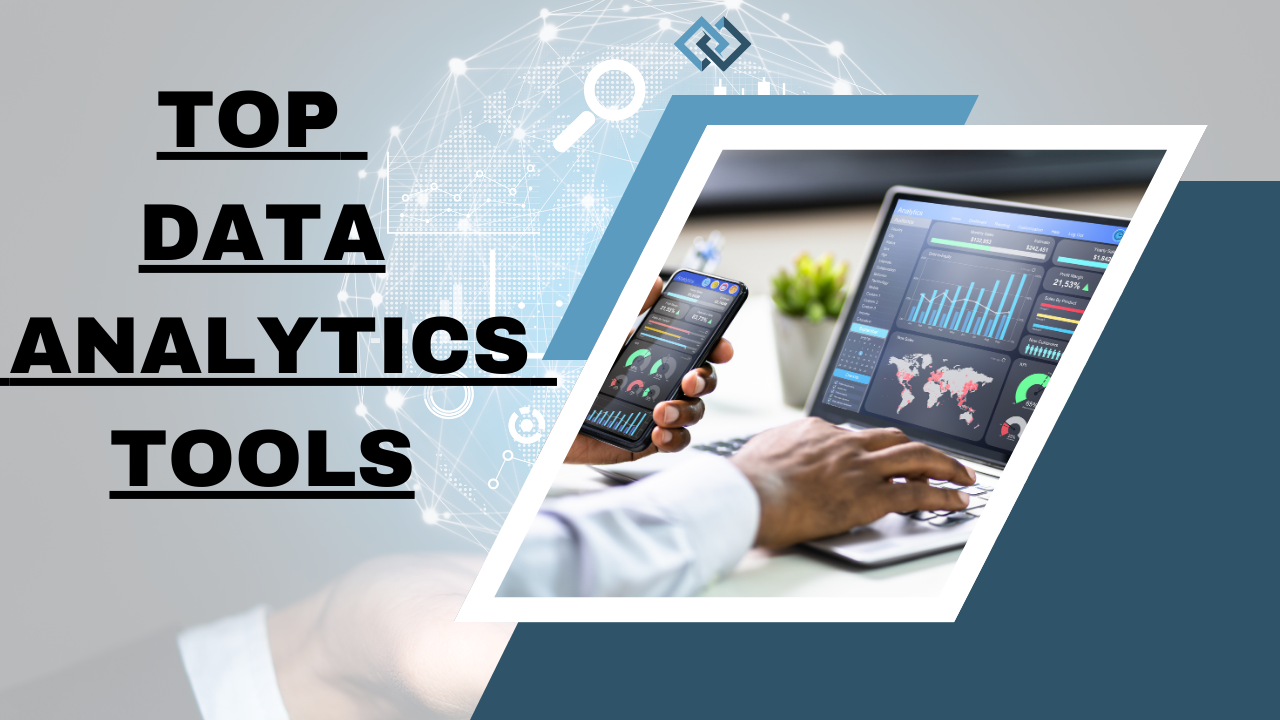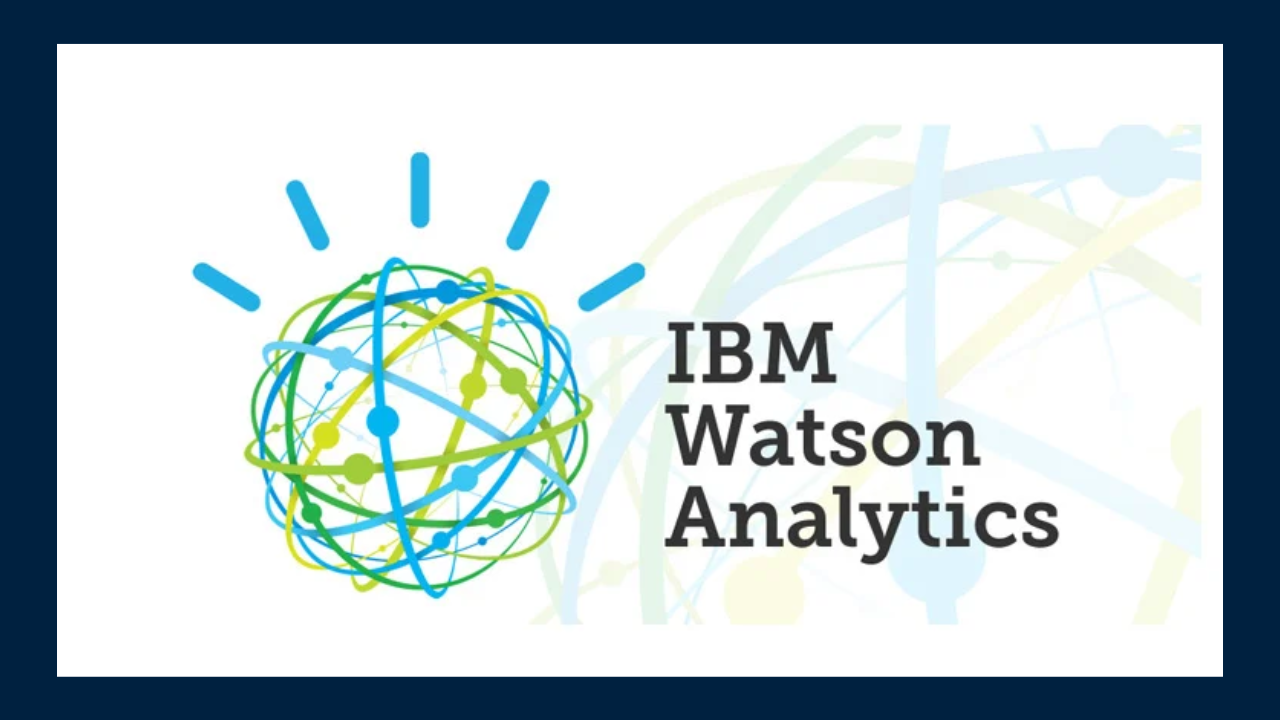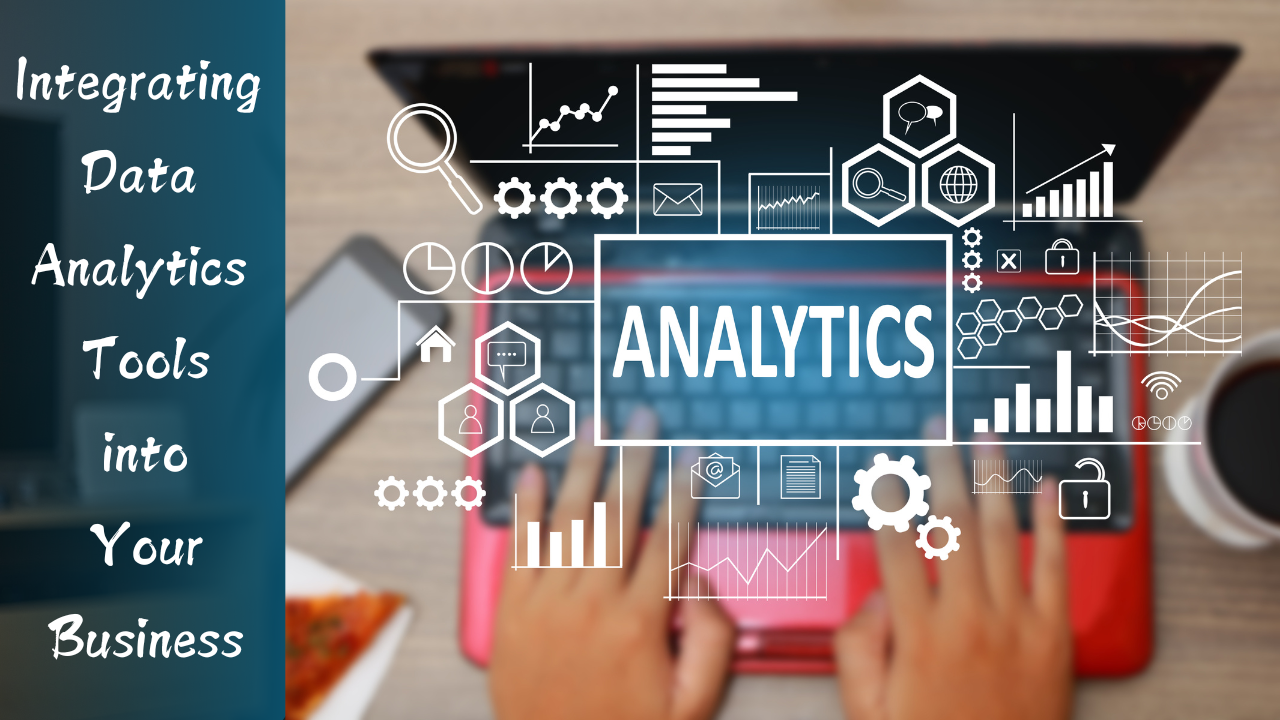In today’s data-driven world, businesses that leverage data analytics tools can make more informed decisions, drive efficiency, and gain a competitive edge. With countless options available, it’s essential to choose the right analytics tools that align with your business needs. This article will explore the best data analytics tools available, their features, benefits, and how they can significantly enhance decision-making processes within your organization.
Introduction
In a rapidly evolving market landscape, the ability to analyze data effectively is crucial for businesses seeking to adapt and thrive. Data analytics tools empower organizations to make sense of vast amounts of data, providing insights that can inform strategic decisions. This article highlights some of the best data analytics tools that can improve decision-making and drive business success.
Understanding Data Analytics
What is Data Analytics?
Data analytics involves examining datasets to draw conclusions about the information they contain. This process can involve a range of techniques and tools that help in cleaning, transforming, and modeling data to discover useful information, inform conclusions, and support decision-making.
Importance of Data Analytics in Business
Data analytics is essential for businesses for several reasons:
- Informed Decision-Making: Analytics provide insights that help organizations make informed decisions rather than relying on gut feelings.
- Trend Identification: Companies can identify trends and patterns that inform product development and marketing strategies.
- Cost Reduction: Analytics can identify inefficiencies and help businesses reduce costs by optimizing operations.
- Competitive Advantage: Businesses that effectively use data analytics can gain a significant competitive edge by understanding customer behavior and market trends.
Key Features of Effective Data Analytics Tools
When selecting a data analytics tool, look for the following features:
- User-Friendly Interface: An intuitive interface that allows users to navigate easily.
- Data Visualization: Capabilities to create clear and insightful visual representations of data.
- Integration Options: Compatibility with other tools and platforms to streamline data collection and analysis.
- Scalability: Ability to handle increasing volumes of data as your business grows.
- Real-Time Analytics: Features that provide real-time data analysis for timely decision-making.
- Custom Reporting: Ability to generate customizable reports tailored to specific business needs.
Top Data Analytics Tools
Microsoft Power BI
Overview: Microsoft Power BI is a powerful business analytics tool that provides interactive visualizations and business intelligence capabilities with an interface simple enough for end users to create their own reports and dashboards.
Key Features:
- Drag-and-drop functionality for data visualization.
- Integration with a wide range of data sources.
- Natural language processing capabilities for query generation.
- Sharing and collaboration features for teams.
Benefits: Power BI helps organizations visualize their data in a way that makes insights accessible to everyone, promoting a data-driven culture.
Tableau
Overview: Tableau is a leading data visualization tool that transforms raw data into understandable formats through interactive dashboards and visualizations.
Key Features:
- Strong data visualization capabilities.
- User-friendly interface with drag-and-drop functionality.
- Integration with various databases and cloud services.
- Advanced analytics and forecasting capabilities.
Benefits: Tableau enables businesses to quickly understand trends and patterns in their data, facilitating better decision-making.
Google Analytics
Overview: Google Analytics is a free web analytics tool that provides detailed statistics about website traffic and traffic sources, enabling businesses to understand user behavior.
Key Features:
- Real-time data tracking.
- Customizable dashboards and reports.
- Integration with Google Ads for marketing insights.
- E-commerce tracking features.
Benefits: Google Analytics helps businesses optimize their online presence and improve marketing strategies based on user behavior.
SAS
Overview: SAS (Statistical Analysis System) is a powerful analytics software suite that provides advanced analytics, multivariate analysis, business intelligence, and data management.
Key Features:
- Predictive analytics and machine learning capabilities.
- Comprehensive data management tools.
- Strong statistical analysis features.
- Extensive support and documentation.
Benefits: SAS is particularly beneficial for organizations needing advanced analytics and statistical capabilities.
Qlik Sense
Overview: Qlik Sense is a self-service data analytics tool that allows users to create personalized reports and dashboards.
Key Features:
- Associative data modeling for data exploration.
- Drag-and-drop interface for visualizations.
- Smart visualizations that adapt to the data.
- Collaboration tools for sharing insights.
Benefits: Qlik Sense enables users to discover insights on their own, promoting a culture of data literacy within the organization.
IBM Watson Analytics
Overview: IBM Watson Analytics is a smart data analysis and visualization tool that uses artificial intelligence to provide insights.
Key Features:
- Natural language processing for data queries.
- Predictive analytics capabilities.
- Interactive dashboards for data exploration.
- Data preparation tools to clean and organize data.
Benefits: Watson Analytics makes advanced analytics accessible to non-technical users, empowering them to derive insights without needing a deep understanding of data science.
Apache Hadoop
Overview: Apache Hadoop is an open-source framework that allows for the distributed processing of large datasets across clusters of computers.
Key Features:
- Scalable storage for big data.
- Distributed computing for data processing.
- Robust ecosystem with various tools like HDFS and MapReduce.
Benefits: Hadoop is ideal for businesses dealing with large volumes of data, providing a cost-effective solution for storage and processing.
Looker
Overview: Looker is a data exploration and business intelligence platform that enables businesses to analyze and visualize their data.
Key Features:
- Strong integration with SQL databases.
- Customizable data modeling capabilities.
- User-friendly interface for data exploration.
- Real-time data analytics.
Benefits: Looker helps organizations build a data-driven culture by providing intuitive tools for data analysis and reporting.
How to Choose the Right Data Analytics Tool for Your Business
Choosing the right data analytics tool depends on various factors:
- Business Needs: Consider the specific needs of your business, such as the type of data you handle and the insights you seek.
- Budget: Evaluate your budget for analytics tools, considering both upfront costs and ongoing subscription fees.
- Ease of Use: Select a tool with a user-friendly interface that your team can adopt quickly.
- Integration Capabilities: Ensure the tool can integrate with your existing systems and data sources.
- Scalability: Choose a tool that can grow with your business as data volumes and analytics needs increase.
Integrating Data Analytics Tools into Your Business
Once you’ve selected the right tool, integrating it into your business involves:
- Training Your Team: Provide adequate training for your employees to ensure they can use the tool effectively.
- Data Migration: Transfer existing data into the new analytics tool, ensuring data accuracy and integrity.
- Defining KPIs: Establish clear key performance indicators (KPIs) to measure the success of your analytics efforts.
- Regularly Updating Data: Ensure data is regularly updated and maintained for accurate analysis.
Case Studies: Success Stories Using Data Analytics Tools
Case Study 1: Retail Analytics with Tableau
A retail company implemented Tableau to analyze customer purchasing behavior. By visualizing sales data, they identified trends and optimized their inventory management, resulting in a 20% increase in sales over six months.
Case Study 2: Marketing Insights with Google Analytics
A small business used Google Analytics to track website performance and user behavior. By analyzing data, they refined their marketing strategy, leading to a 30% increase in website traffic and a significant boost in conversions.
Conclusion
Data analytics tools are essential for modern businesses seeking to improve decision-making and operational efficiency. By leveraging the right analytics tools, organizations can uncover valuable insights, optimize processes, and ultimately drive business growth. Whether you opt for user-friendly platforms like Microsoft Power BI or advanced tools like SAS, the key is to align the tool’s capabilities with your business needs.
FAQs
What is data analytics?
Data analytics is the process of examining datasets to draw conclusions about the information they contain, often using various techniques and tools.
Why is data analytics important for businesses?
Data analytics helps businesses make informed decisions, identify trends, reduce costs, and gain a competitive advantage.
How do I choose the right data analytics tool?
Consider factors like your business needs, budget, ease of use, integration capabilities, and scalability when selecting a tool.
Can small businesses benefit from data analytics tools?
Absolutely! Data analytics tools can help small businesses gain insights that drive growth and improve decision-making.
What are some popular data analytics tools?
Some popular tools include Microsoft Power BI, Tableau, Google Analytics, SAS, Qlik Sense, IBM Watson Analytics, Apache Hadoop, and Looker.
